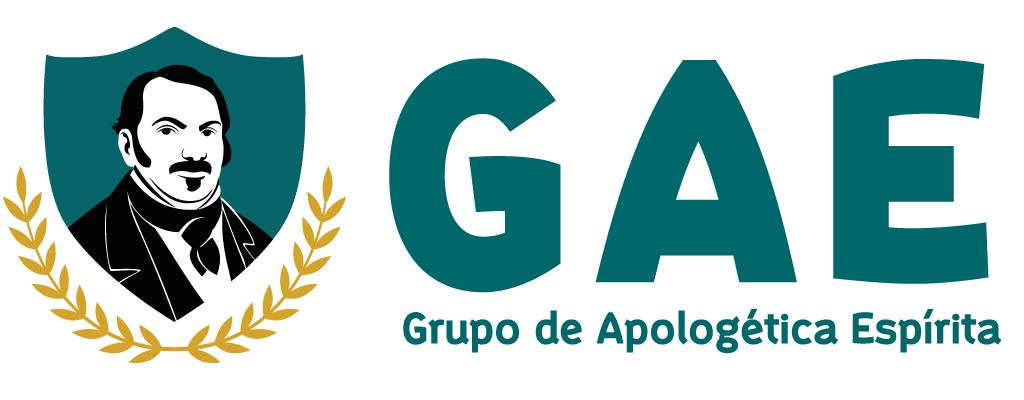|
Getting your Trinity Audio player ready...
|
Resumo: O texto analisa a transfiguração de Jesus descrita nos Evangelhos Sinóticos, interpretando-a sob uma perspectiva espírita. Argumenta-se que o evento envolveu fenômenos mediúnicos, como materialização (Moisés e Elias) e voz direta, utilizando o ectoplasma dos discípulos. O autor contesta a interpretação tradicional da proibição bíblica à comunicação com os mortos, sustentando que esta se restringia à adivinhação, não à comunicação em si. Finalmente, o texto refuta a associação entre Espiritismo e feitiçaria, enfatizando a diferença entre ambas. A existência da comunicação com os espíritos após a morte é defendida com base em passagens bíblicas e na manifestação de Jesus após sua ressurreição.
Palavras-chave: transfiguração, Jesus, fenômenos mediúnicos, comunicação, feitiçaria.
Summary: The text analyzes the transfiguration of Jesus described in the Synoptic Gospels, interpreting it from a spiritualist perspective. It argues that the event involved mediumistic phenomena, such as materialization (Moses and Elijah) and direct voice, using the ectoplasm of the disciples. The author contests the traditional interpretation of the biblical prohibition on communication with the dead, arguing that this was restricted to divination, not to communication per se. Finally, the text refutes the association between Spiritism and witchcraft, emphasizing the difference between the two. The existence of communication with spirits after death is defended based on biblical passages and the manifestation of Jesus after his resurrection.
Keywords: transfiguration, Jesus, mediumistic phenomena, communication, witchcraft.

